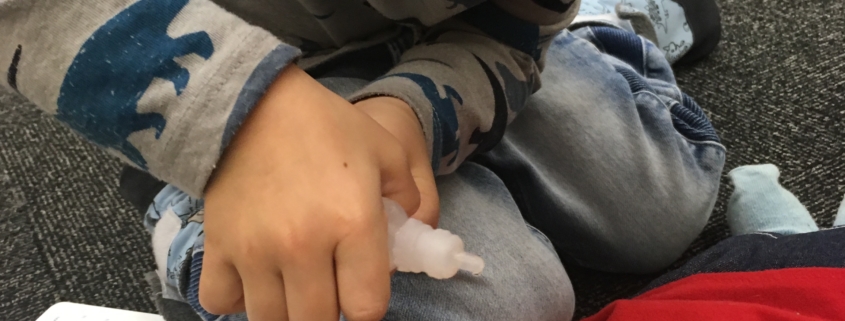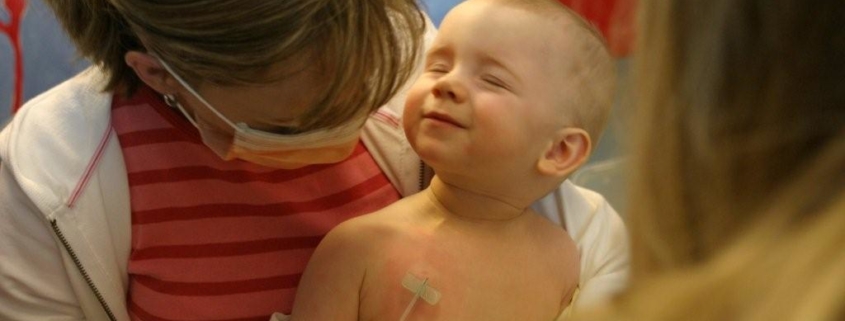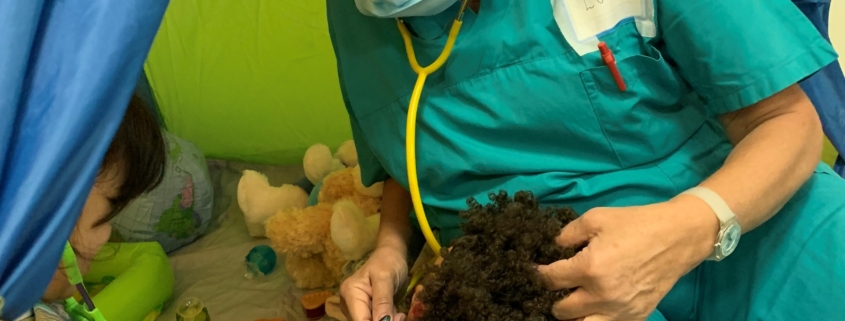Transforming Paediatric Care: Child life in Low- and Middle-income Countries
Most children in low- and middle-income countries face hospitalization without the vital psychosocial support they need. WE C Hope’s Certified Child Life Specialist Morgan Livingstone shares how sustainable child life programs are transforming paediatric care in under-resourced settings. She explores the power of partnership, training, and local leadership in building sustainable child life services that meet unique community needs.










